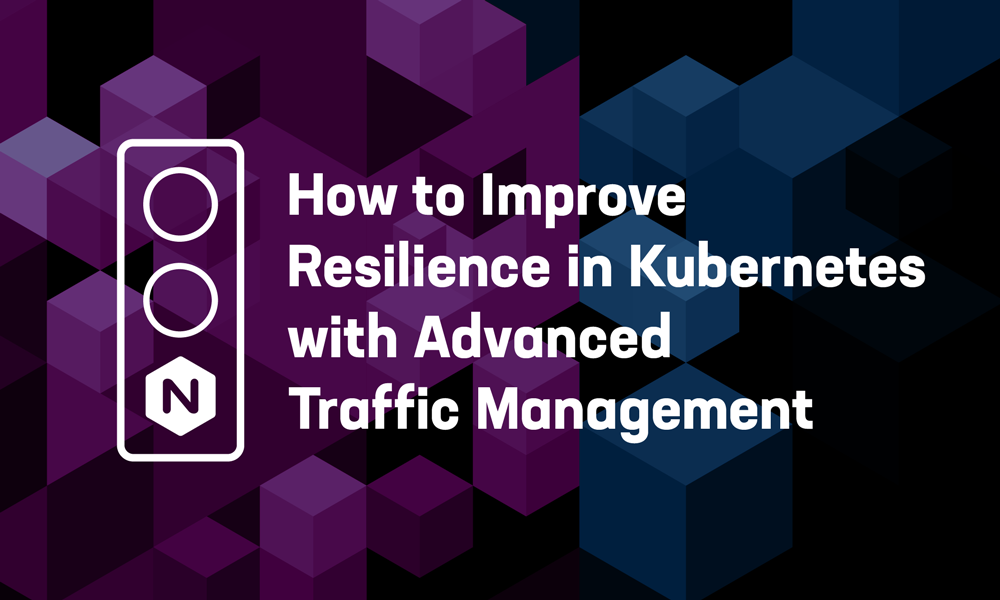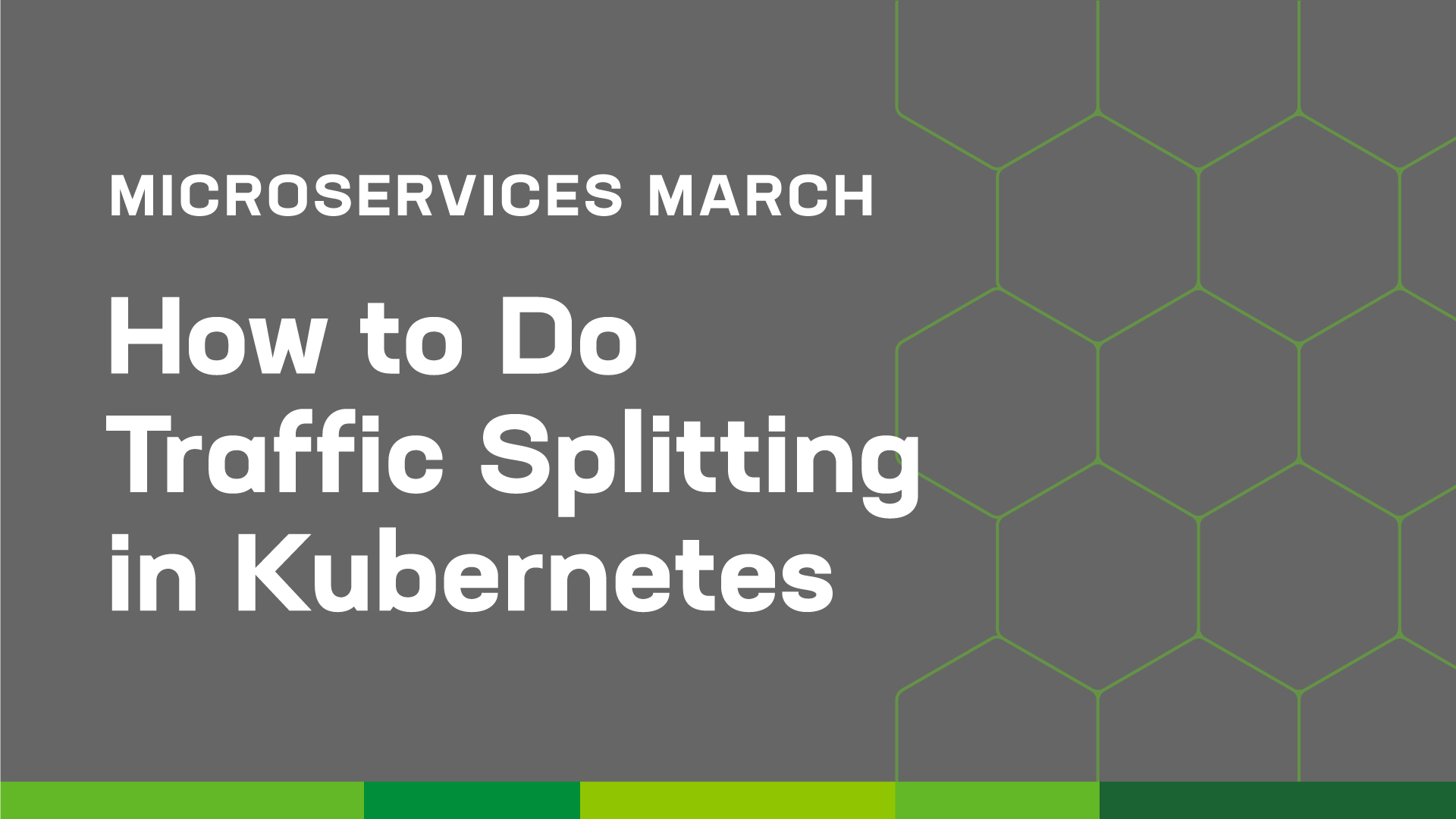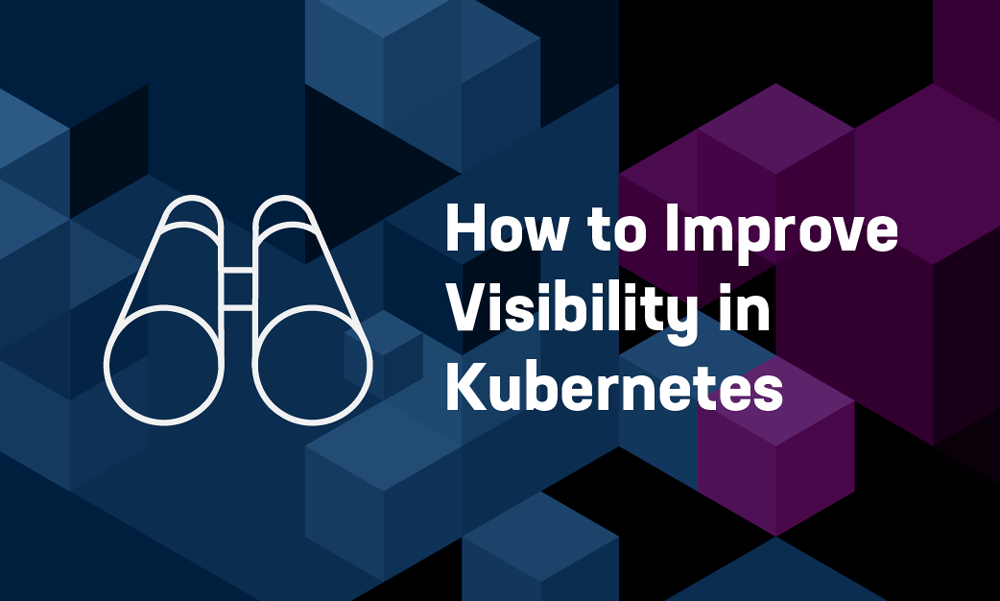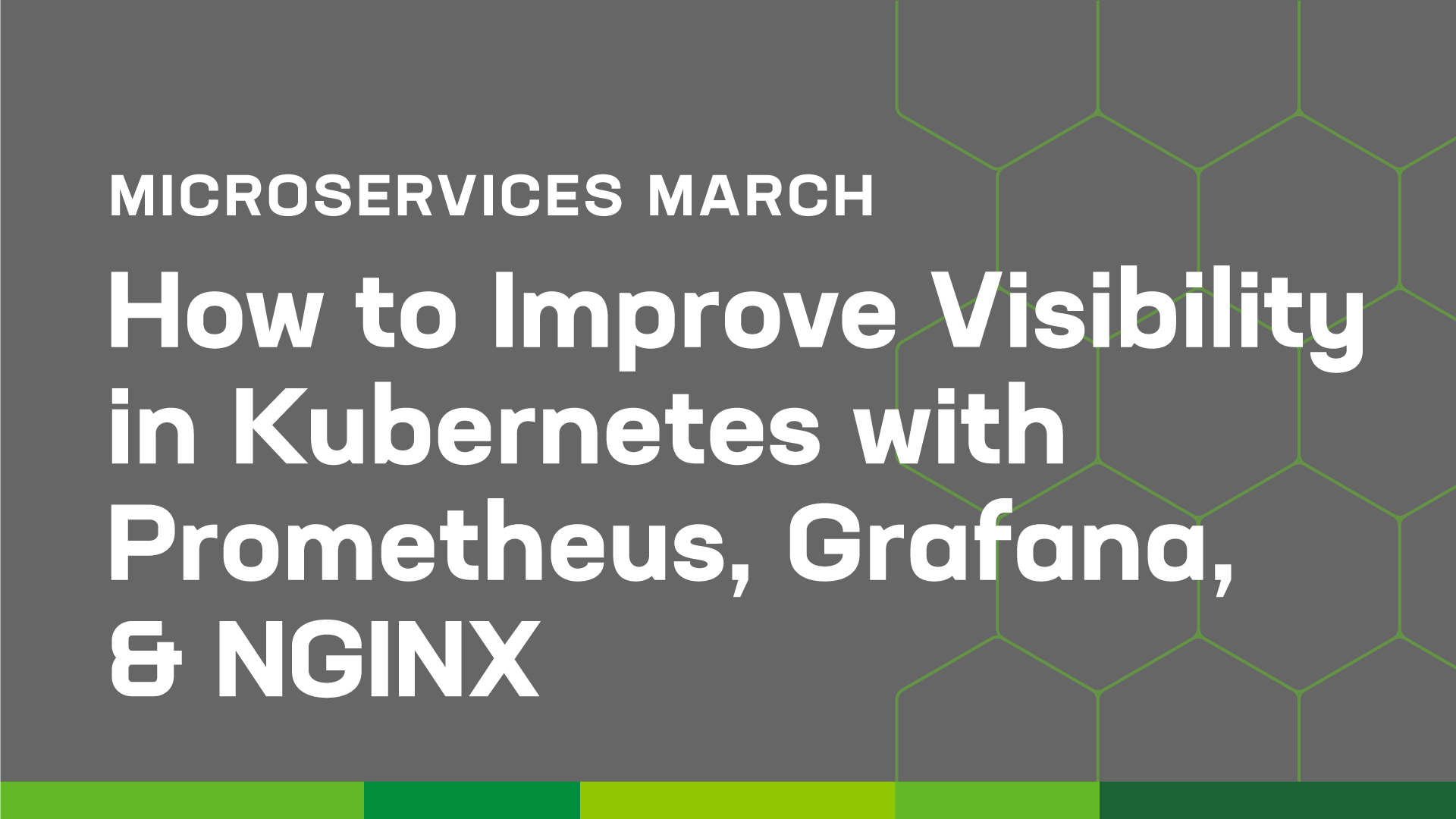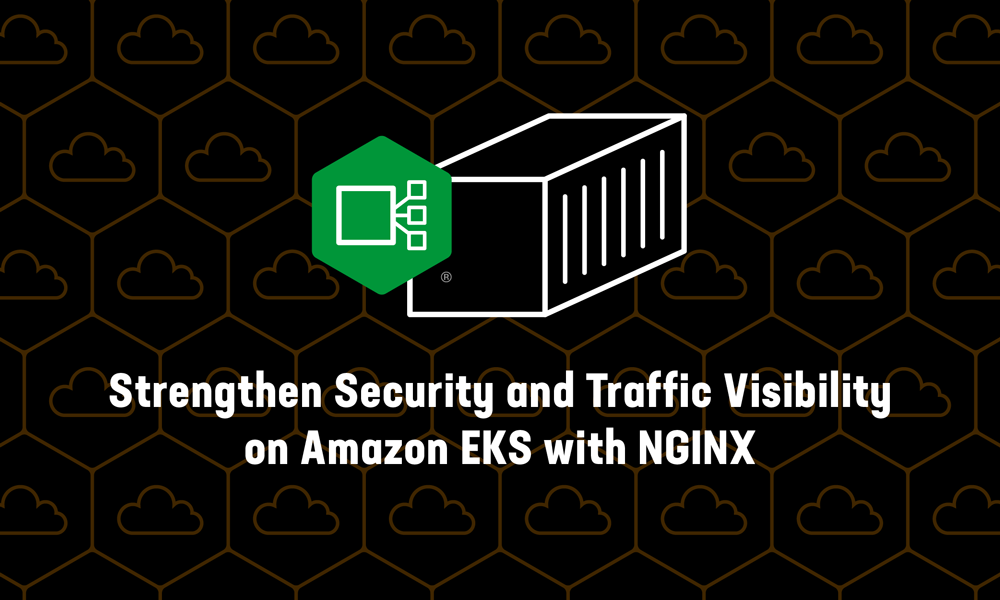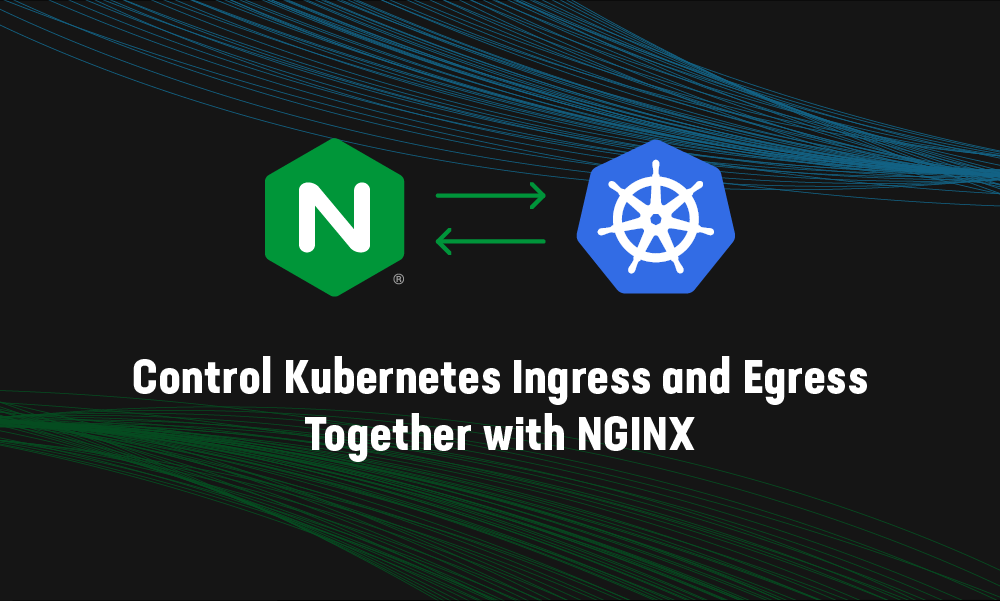This blog is the fifth in our five‑part series about Kubernetes networking for Microservices March 2022:
- Program overview: Microservices March 2022: Kubernetes Networking
- Unit 1: Architecting Kubernetes Clusters for High‑Traffic Websites
- Unit 2: Exposing APIs in Kubernetes
- Unit 3: Microservices Security Pattern in Kubernetes
- Unit 4: Advanced Kubernetes Deployment Strategies (this post)
Once you get Kubernetes into production, you have to keep it there! In Unit 4, we address how Kubernetes networking can increase uptime and improve customer experiences.
Three activities guide you progressively from a high‑level overview to practical application. We suggest you complete all three to get the best experience.
- Step 1: Watch the Livestream (1 Hour)
- Step 2: Deepen Your Knowledge (1–2 Hours)
- Step 3: Get Hands‑On (1 Hour)
Step 1: Watch the Livestream (1 Hour)
Each Microservices March livestream provides a high‑level overview of the topic featuring subject matter experts from learnk8s and NGINX. If you miss the live airing on March 28 – don’t worry! You can catch it on demand.
In this episode, we cover how to implement zero‑downtime deployments using tactics such as:
- Traffic splitting
- Blue-green deployments
- Tracing
- Mapping the flow in real time
Step 2: Deepen Your Knowledge (1–2 Hours)
We expect you’ll have more questions after the livestream –that’s why we curated a collection of relevant reading and videos. This Unit’s deep dive covers how to secure your Kubernetes apps and APIs.
Improve the resilience of Kubernetes apps with the traffic control and splitting methods discussed in this blog – rate limiting, circuit breaking, debug routing, A/B testing, and canary and blue‑green deployments – and learn how NGINX products make them easier to implement.
When it’s time to move from an old service to the new version, you don’t want to move all your traffic at once in case there are any issues with the new service. That’s why traffic splitting (including circuit breaking and canary and blue‑green deployments) is a valuable tool for ensuring resiliency. In this video, you learn about best practices and use cases for north‑south and east‑west traffic splits, and see two traffic splitting demos.
There are two types of visibility data that provide crucial insights into application and Kubernetes performance: live data and historical data. In this blog, we discuss how you can use this data – gleaned from an Ingress controller or service mesh – to troubleshoot common Kubernetes problems.
In this video, our microservices experts demonstrate how to improve visibility in Kubernetes by leveraging live monitoring of key load‑balancing and performance metrics, exporting metrics to Prometheus, and using Grafana to create a view of cumulative performance.
Zipwhip (acquired by Twilio) planned to launch a new SaaS app, but their legacy infrastructure couldn’t provide the required stability and agility. In this webinar, we sit down with their principal architect to learn about the strategic and technical steps they took to adopt Kubernetes, as well as the outcomes they achieved using Amazon EKS and NGINX Ingress Controller.
Bonus Research
If you’re keen to deepen your knowledge on security and service mesh –and have more than 1–2 hours to spend –then we suggest three additional resources to get you started.
This O’Reilly eBook is a curated set of insights, tips, and tricks for Site Reliability Engineers (SREs), including concepts every SRE needs to understand, how to build an effective SRE practice, and how to interact with stakeholder teams.
While Kubernetes ingress traffic gets most of the attention, how you handle egress traffic is just as important – and it’s a critical part of a Zero‑Trust Architecture. Watch this webinar to learn how to simplify traffic management by controlling ingress and egress in a single configuration.
Step 3: Get Hands On (1 Hour)
Even with all the best webinars and research, there’s nothing quite like getting your hands on the tech. The labs will run you through common scenarios to reinforce your learning.
In our fourth self‑paced lab, Improve Kubernetes Uptime and Resilience with a Canary Deployment, you use NGINX Service Mesh to split traffic between two versions of a backend service and then gradually transition traffic from version 1 to version 2.
To access the lab, you need to register for Microservices March 2022. If you’re already registered, the email you received with the Unit 4 Learning Guide includes access instructions. Alternately, you can try out the lab in your own environment by using NGINX Tutorial: Improve Uptime and Resilience with a Canary Deployment as a guide.
Why Register for Microservices March?
While some of the activities (the livestreams and blogs) are freely available, we need to collect just a little personal information to get you set up with the full experience. Registration gives you:
- Access to four self‑paced labs where you can get hands‑on with the tech via common scenarios
- Membership in the Microservices March Slack channel for asking questions of the experts and networking with fellow participants
- Weekly learning guides to help you stay on top of the agenda
- Calendar invites for the livestreams
